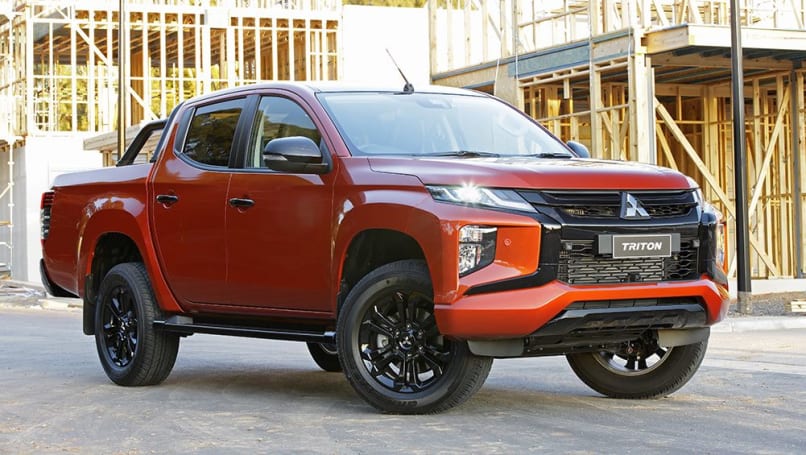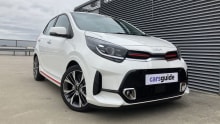
How much does it cost to replace a windscreen?
This used to be a simple question since most car windscreens were made from the...
Browse over 9,000 car reviews

It seems counter-intuitive to most taxpayers, but on a fairly regular basis, in order to stimulate a bit of business activity, the Australian Tax Office will offer what’s called an instant asset write off.
These offers do not run all year round or every year and are introduced at the tax office’s discretion.
But when they do occur, they can be a great thing for a business that relies on purchasing assets to stay in business.
And let’s be honest, in just about any small business, depreciation of assets is an important part of staying afloat
The rules surrounding this scheme are incredibly complex (as only the tax department can make them) so talking to your accountant or financial officer regarding the benefits to your particular company’s situation is the first step.
Fundamentally, it’s an opportunity for a business to claim the full cost of an asset as tax deductions up to a dollar limit ($150,000 was the most recent limit, but it can vary).

It is, but the secret is in the word 'instant.' Unlike normal tax-deductibility of assets, which takes place over a number of years (depending on the asset in question and its expected lifespan) the process is accelerated so that the full depreciation is applied in the same tax year as the asset was purchased and began to be used.
The end result is that a company that pays, say $100,000 in tax per year, can purchase $50,000 worth of eligible assets and reduce its taxable income by that same $50,000.
In this case, you can only claim the proportion of the cost that the percentage of business use of the asset represents.
So, if your asset is used 70 per cent for business and 30 per cent for private use, then only 70 per cent of its cost can be written off.

Yes it is. Motor vehicles are a common business asset, and they’re included in the instant write off scheme.
The Covid pandemic has prompted the Australian Tax Office to raise the dollar limit on cars bought by businesses, but there are conditions.
While the blanket asset cost limit is $150,000, when it comes to cars that can carry less than a tonne or seat fewer than nine people, the effective dollar limit is $57,581.
But if the asset is a vehicle that can carry more than a tonne or seat nine people or more, the limit is back to that $150,000 notional ceiling.
Again, the proportion of business versus private use comes into the final reckoning.
Any motor vehicle, regardless of its capacity, that costs over $150,000 is ineligible for the scheme.
And that upper limit includes all extra costs, including government charges like stamp-duty (including the Luxury Car Tax) and dealer-delivery fees.

But the limit doesn’t include registration and insurance costs.
Interestingly, though, second-hand cars are eligible for the write-off.
ATO motor vehicle expenses that you claim on your tax are separate to this scheme, which applies solely to the purchase of the car in the first place.
To take advantage of this tax break, you need to be the business owner. An employee doesn’t qualify.
There are also limits on how much the business can turn over before it’s deemed ineligible, too. Right now, the current scheme has a turnover limit of $500 million, but historically, this has been capped at $50 million. Again, you can thank Covid, it seems.

There are also rules regarding GST which state that if you’re registered for GST and can claim the full amount, then the GST portion of the purchase price of the asset can’t be claimed in this scheme.
Clearly, the car as business expense subject matter is a complex thing, so, again, your accountant or financial advisor should really be your first port of call.
Equally clearly, the question of 'what can I claim on tax?', is not a simple, or short, answer.
The Australian Tax Office also has a website that sets out the rules and limits on this scheme, including examples of how it works in the real world.
CarsGuide is not in the business of providing such advice, so take this as a guide only and refer your specific questions to the person you pay for such information.










Comments